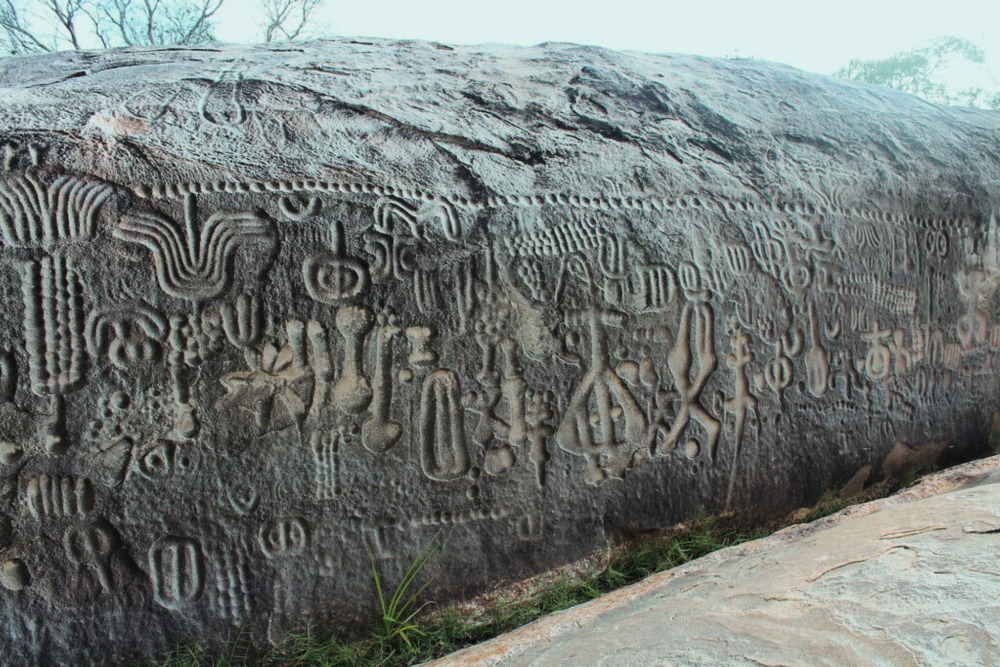
The Mystery of Brazil’s Ancient Ingá Stone Might Have Just Been Solved
Deep within the Brazilian state of Paraíba lies a fascinating archaeological enigma that has captured the imagination of researchers and visitors alike for centuries—the Ingá Stone.
The Ingá Stone, also known as “Pedra do Ingá” in Portuguese, is a colossal rock formation located in the middle of the Ingá River near the small city of Ingá, in northeastern Brazil. It measures approximately 3.8 meters (12.5 ft) in height and 46 meters (151 ft) in length, making it one of the largest inscribed stones in the world. Its surface is adorned with intricate engravings depicting a vast array of symbols, including humans, animals, geometric shapes, and cryptic hieroglyphs.
The origins of the Ingá Stone remain shrouded in mystery, with its exact age and purpose still subject to debate among scholars. Most geologists, however, estimate that the rock formation dates back at least 6,000 years. And the carvings on it were most probably created by natives who lived in the area until the 18th century.
Advertisements
21 August 2023
Advertisements



